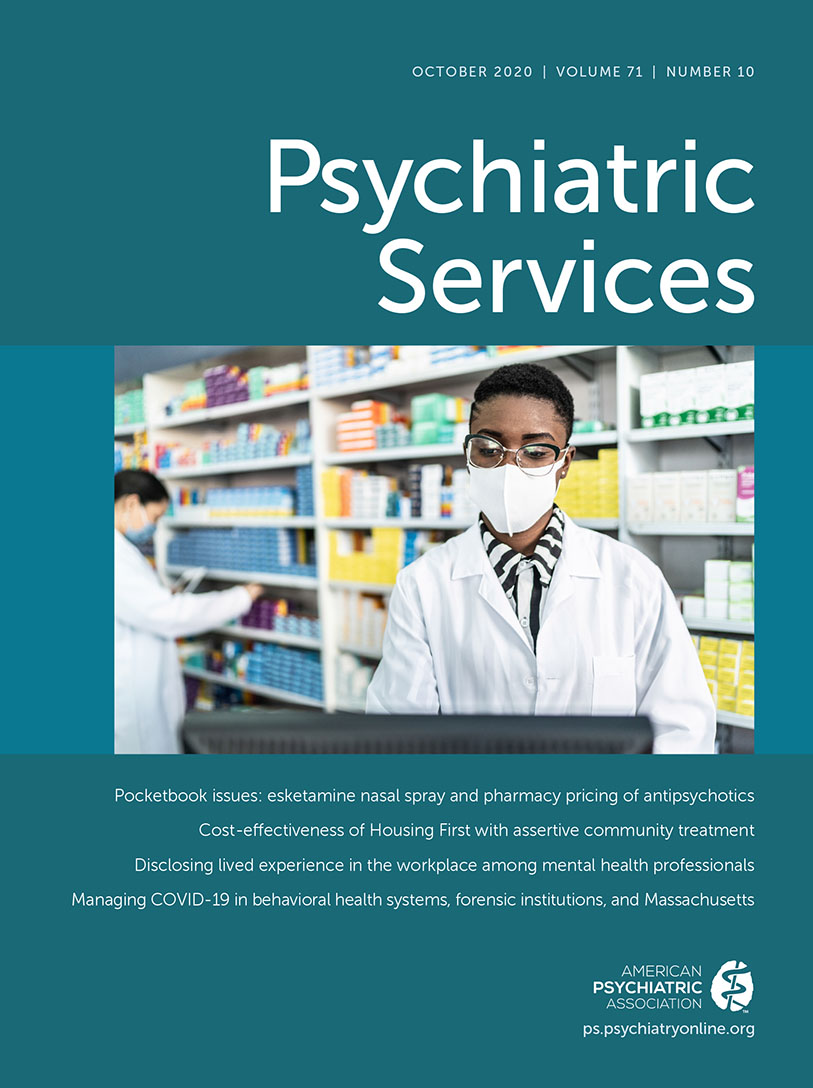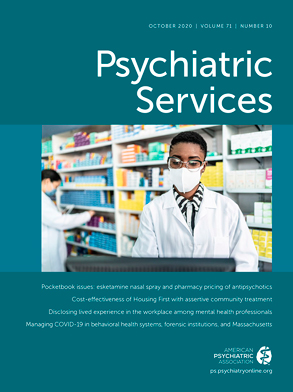In the mental health field, most of us are accustomed to wearing multiple hats—whether you are learning in private practice how to operate a business or working at the state policy level and exploring ways to best market successful programs. Any way you look at it, we are often pulling rabbits out of our hats while negotiating between our various identities. One might think the mental health field would be the safest space for us to share comfort by identifying as someone with lived experience. However, as King and colleagues’ systematic review points out (
1), many factors affect one’s disposition as a mental health professional to disclose lived experience with mental health issues. King et al.’s piece captures the evolution of the field and the subtle conflict in our willingness to embrace treating the whole person because it forces us to synthesize our full selves. Let’s put on our thinking caps for a moment.
Embracing core recovery principles, we strive to meet people where they are and seek to better understand the multiple pathways taken on their journey toward overall well-being. Helping people get just to a place of stability or to a former level of functioning is old hat and can sometimes get in the way of continuous growth. Stability may be the goal for some, but it is not the narrative of most. Rather, recovery is a transformative process of gradually letting go of the old self as a new sense of self, or the person we were always meant to be, emerges. To truly get to a space of continuous growth, we have to stop hiding the most vulnerable pieces of ourselves under our hats.
It’s okay to not be okay, but when groups are targeted, discriminated against, or oppressed, they often unconsciously internalize the myths and misinformation that society communicates to them about their group. At the drop of a hat, we are quick to stand up and articulate that stigma is a barrier preventing folks from seeking treatment for mental health issues, yet we’re hesitant to own our own stories about the motivation that most likely drew us to the field in the first place. In essence, owning what drives our career choice, not necessarily our cap and gown, is what will enable us to be the most impactful change agents.
Furthermore, we don’t exist in isolation from our bodies—so don’t hang up your hat just yet. True, we didn’t go to school and focus our studies on the general medical aspects of health, but we will always be working through our own wellness journeys. Our lived experience, including the successes and struggles of attending to our own overall health, is enough to at least incorporate into treatment the importance of medical health and its relationship to the mental health interventions we provide. Hold onto your hats, but an integrated approach is now the standard approach to health care, whatever version of the field you may be in.
We are the captains of our journeys toward well-being. With hat in hand, we have charted this course before, helping ourselves and others discover the path that best fits, time and time again. Let us always find a way to proudly identify our lived experience as a feather in our caps.

